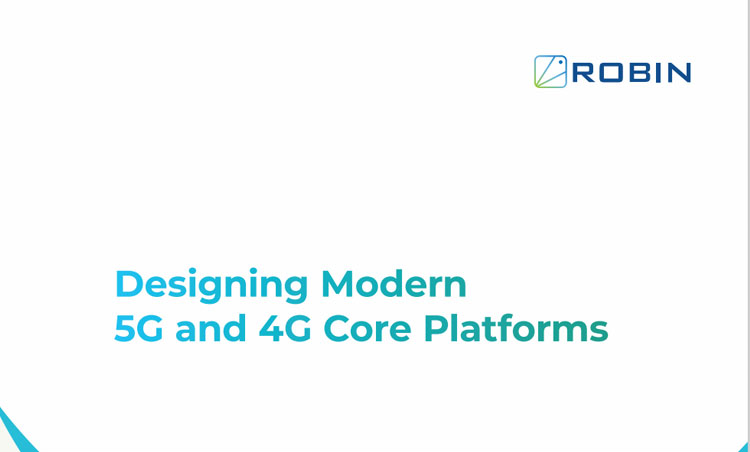Designing Modern 5G and 4G Core Platforms


As the industry moves to the next phases of the 5G rollout, operators face the need to deliver a greater number of new services, with increased speed, lower latency and strict Quality of Service (QoS), over more endpoints than ever before. Many begin by deploying 5G radio services connected to a 4G Evolved Packet Core (EPC), known as non-standalone (NSA). While NSA can enable higher speed of services, the EPC is not capable of enabling 5G core’s (5GC) rich feature set, including QoS-enabled network slices. This has to do with the 5GC’s new architecture and cloud-scale deployment model. The incumbent EPC was originally deployed as physical network elements, a.k.a. appliances. Since the EPC was first conceived, many operators have migrated to a software-based Network Function Virtualization (NFV) framework, running Network Functions (NFs) on Virtual Machines (VMs). As we push towards the 5G promise, the mobile core takes a leap forward with a modern, containerized Kubernetes architecture for better ease of use, maximum flexibility, performance, scale and resiliency.
